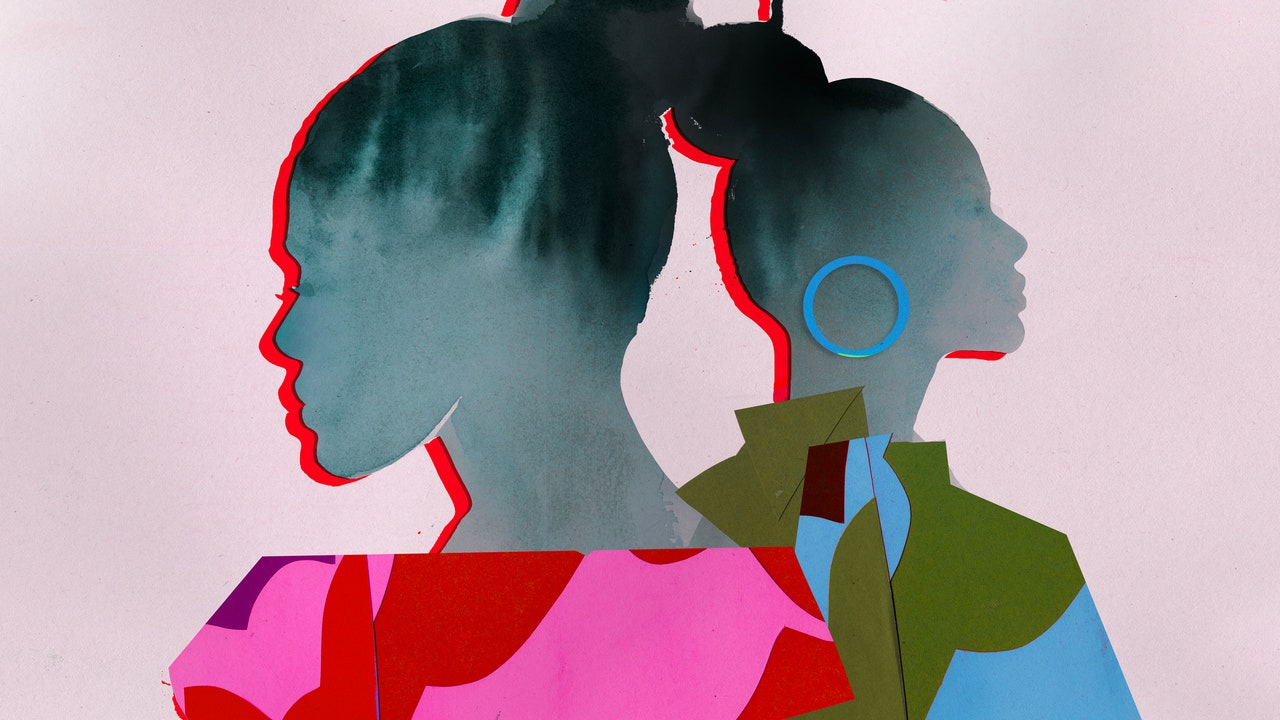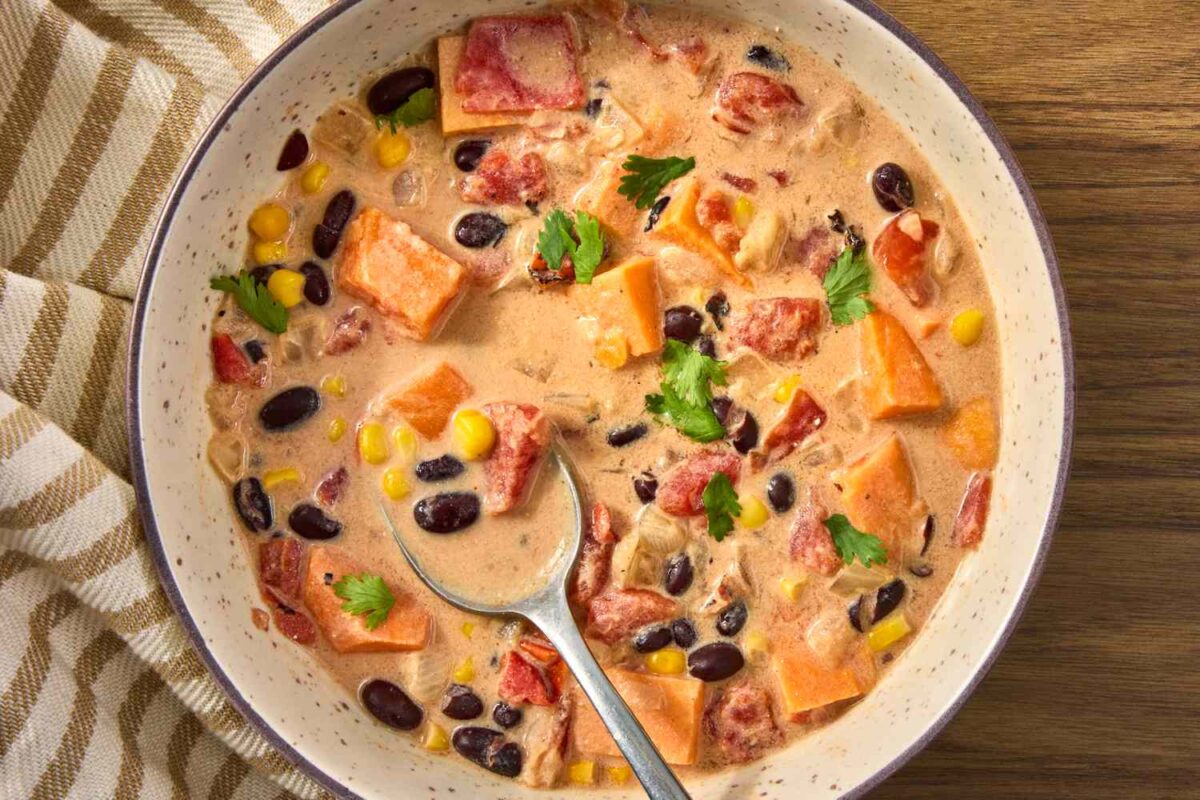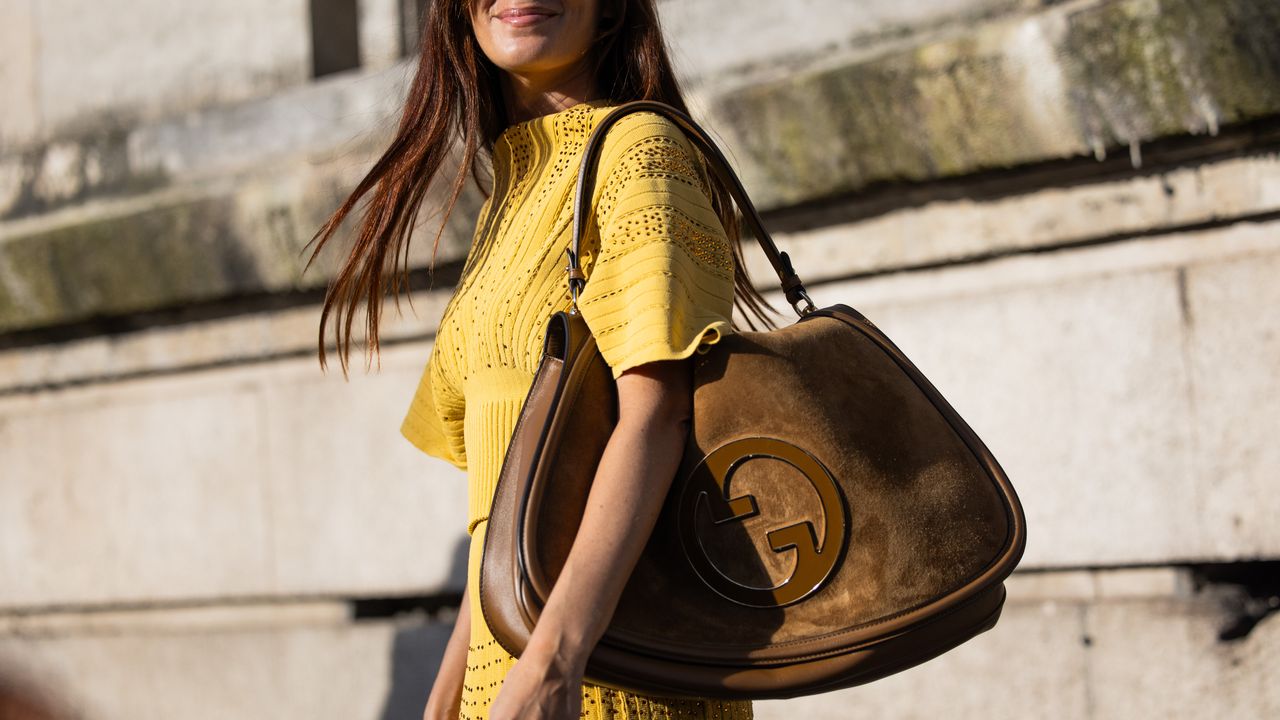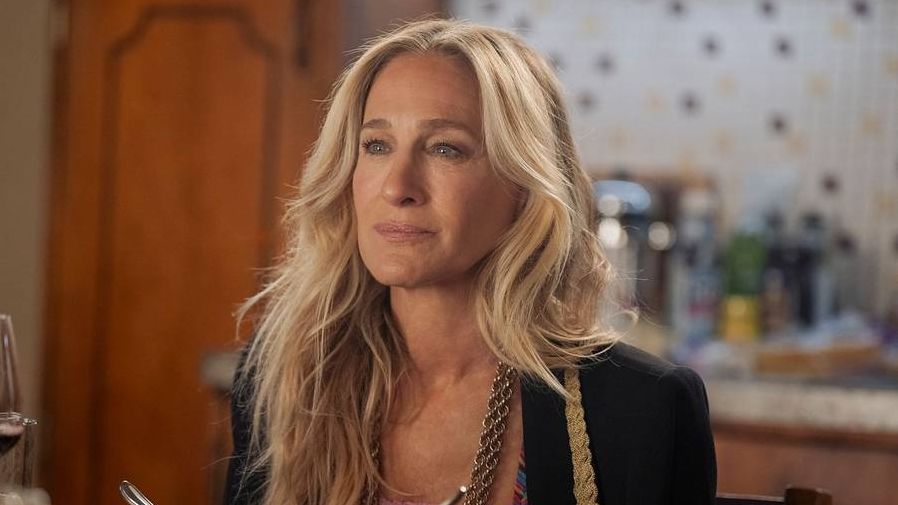Blog
For Black Women, Traction Alopecia Costs Us More Than Our Hair

Many Black women love the look and ease of braids, locs, and weaves, and it is possible to wear these styles while still maintaining healthy natural hair. “Black women, in general, just love showing out,” says Okeke. “It’s a cultural thing. We need to look good, and our hairstyles are art. You can tell our personality from our hairstyle. If we got a bob, we’re feeling like a boss. If it’s a long, buss-down wig, we’re ready to go out.” Different hairstyles allow us to express ourselves.
On the darker flip side, many Black women turn to these styles as a way to hide a part of themself. Parker recalls thinking that her hair was a problem she had to deal with, often by way of protective styling. She says she thought of her hair as “something I have to get out of the way.”
Despite strides toward texture inclusivity made during natural hair movements in previous decades, there’s still an underlying sentiment that there’s good hair and bad hair—the latter being coarse, type 4 hair. I’ve always struggled to love my 4C hair. Very early in my hair journey, I latched onto the lie that my hair was tough, too hard to do, and ugly. Braids were not just a way to avoid having to do my hair, but to avoid having to look at it too.
Since I didn’t see my hair as beautiful, I didn’t value it enough to stop and wonder what constant protective styling was doing to it. “There’s this societal perception that our hair, the way that it is, is just not cute,” says Okeke. “We push ourselves to these extremes. It’s like, Okay, yeah, my hair is thinning and falling out, but I’m still going to get braids.”
To grow their hair back, all three women I spoke with eventually cut out protective styles entirely. “I made a decision, like, Drea, you’ve got to take care of this,” says Okeke. The decision included a break from braids, working with a stylist who specializes in textured hair, and a change in diet.
“Before all this happened, I didn’t want to even look at my hair,” she adds. “Once I started looking at myself in the mirror with my natural hair, I was able to start loving my hair more. Now I care for my hair.… I love the way I look, wig or no wig.”
Some with traction alopecia may eventually be able to reincorporate protective styling into their routine. In March 2023, Okeke began experimenting with braids again, but this time she sought the help of braider Aicha Kamara in Elizabeth, New Jersey, who works to safely reintroduce protective styles for many clients who have alopecia.
Parker is still steering clear of protective styles during her treatment. She’s currently working with a dermatologist and is on a treatment plan that includes minoxidil, rosemary oil, a derma pen for deeper penetration, and platelet-rich plasma, or PRP, injections once every two months. “I went from not thinking about my hair at all to it being something that consumes my entire life,” says Parker. “It’s the first thing I think about when I wake up, the last thing before I go to bed. I’m taking progress pictures obsessively to track and see what’s going on.”












